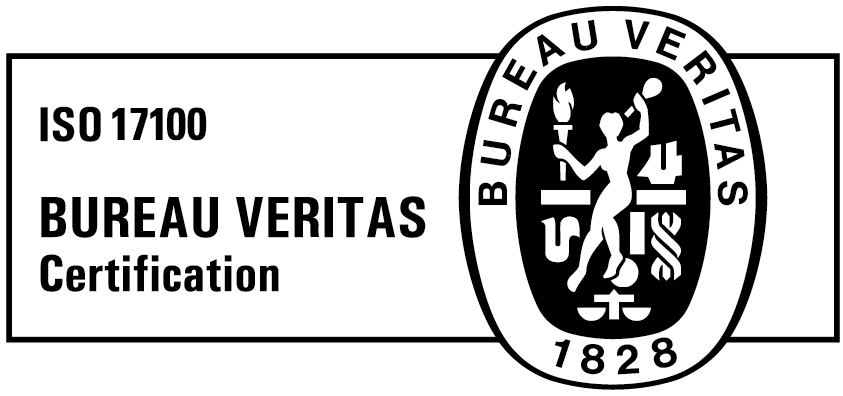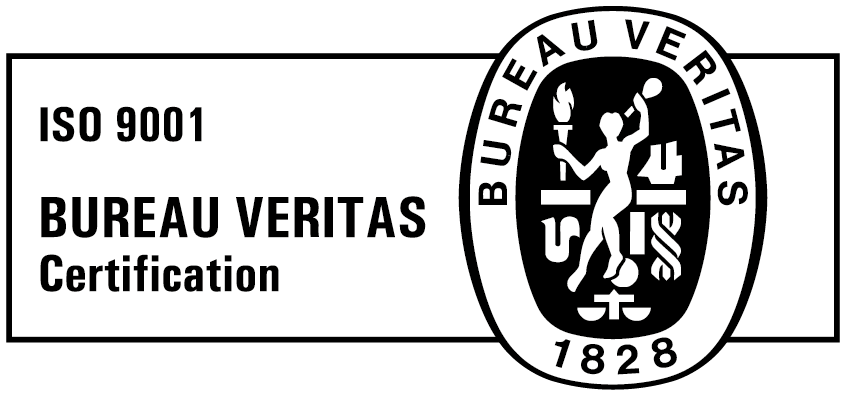However, with the growing importance of entering new markets, we thought it would be prudent to share with you a brief insight into the oftentimes misinterpreted world of transcreation and compare it to its closest relative and greatest adversary, translation.
Wait, what is this translation vs transcreation thing about?
Let’s go back to basics first and briefly explain what transcreation stands for. Although the dichotomy between the terms translation and transcreation can sometimes get a little murky, the latter is, in essence, the process of adapting content from a source language to a target language in a way that preserves the original intent, style, tone and context.

All fine and dandy you might think at this point, but at the same time, you’re scratching your head in confusion. Isn’t that what a proper translation does anyway, rendering this whole translation vs transcreation debate rather pointless? Why come up with a new fancy buzzword for a concept that has been a key element of human interaction since the dawn of time?
The operative word here is adaptation. The degree of freedom and improvisation that is generally involved in the process of transcreation is much greater than that of a simple translation. While it maintains the basic intricacies of converting content from one language to another, it does not, and should not, strictly adhere to the original, as its primary function is to make the end product as appealing to the target audience as possible.
I still don’t know why you’re telling me all this?
Have no fear; I’m done boring you with the technical details. Let’s instead focus on why the distinction between translation and transcreation is actually really important. As businesses are reaching out further than ever before, target audiences are becoming more diverse too, resulting in an ever-greater need to ensure that content is readily available, practically around the globe. This phenomenon and the accompanying shift in direct communication with the end customer is self-explanatory, yet really, it is the cornerstone around which the concept of transcreation revolves.
The crux of the issue is the fact that not everything sounds the same or brings out the same connotations in every language, or culture should we say. For example, in the best-case scenario, a marketing phrase that is an absolute killer in English may sound forced or cheesy in another language when translated directly. That is what you would call a “standard” translation. The meaning is conveyed in a sort of acceptable way, but the desired effect is not there, and what is the point of marketing if not immediately capturing the attention of your target audience with a punchy line that is hard to forget.
This is where transcreation makes its foray. See, it is not about translating the content directly with the sole intention of staying true to the original text. It is about adapting the content to the extent that it’s perceived as natural by the reader, as if it were written by a local marketing agency, so to speak. The focus on the final effect on the end customer is so great, in fact, that the original may even be fully sacrificed in extreme cases.

So, it’s all about marketing and punchy one-liners then, right?
Yes and no. Although such generalisations are usually something of a predicament, transcreation tends to be associated mainly with marketing content and texts representing an actual emotional experience for the customer. Thus, they should be perfected by all means possible, even if they relinquish the original marketing message or slogan in doing so.

You can, of course, transcreate all kinds of content, but considering the higher price tag and an outcome that is ultimately very different from the original, which can be problematic in some cases, the process is just not as suitable for your everyday run-of-the-mill files and documents.
When translating marketing content, on the other hand, you really can’t afford to spare any expense (pun intended) and transcreation is therefore almost always the right way to go. The increase in translation costs will more than likely be covered by the sheer amount of interest generated in your product just by opting for a different translation tactic. Sex sells, even when written and this balance of investment and end result is essentially the driving force behind the translation vs. transcreation discussion.
Okay, colour me interested. What comes next?
There are several ways of going about this. You could hire a copywriter who is a native speaker of the respective target language, but that can be very costly and tricky to manage, especially if you’re dealing with several markets and languages at the same time. It is then up to your marketing department to handle the ins and outs of every individual language pair. This is not to say that the transcreation won’t be up to par, it can certainly be a viable option, especially if you’re only planning to gain a foothold or solidify your position in a small number of markets. However, if you’re planning on going all out, there is an even better alternative out there.
Most self-respecting language service providers already offer this service in some shape or form. You will often find terms such as “marketing translation” or “transcreation” on their lists of linguistic services, with a higher price affixed to them, at least compared to ordinary translations. These LSPs normally employ a small army of copywriters or even translators who are very well-versed in the style and tone of their native languages.

However, the main benefit of working with an LSP lies in the fact that they are used to handling a large number of projects simultaneously and that they work with a wide array of linguists with different specialist backgrounds so you can rest assured that your project is in good hands.
Okay, so this is what this whole translation vs transcreation fuss is all about. Sounds useful!
It is indeed! Investing in transcreation is truly a wonderful method of boosting your presence as a player on the international market. The more flavour your marketing texts and slogans have, the better they will resonate with your target audience. Simply find an LSP that fits your needs, and you’ll be breaking new business frontiers in no time!
Liked this content?
Get notified when we publish something similar.
* We don’t spam your email or share it with anyone!
If you liked this article, you might be interested in...
your content to your target market? We’re here to help you with exactly that!







